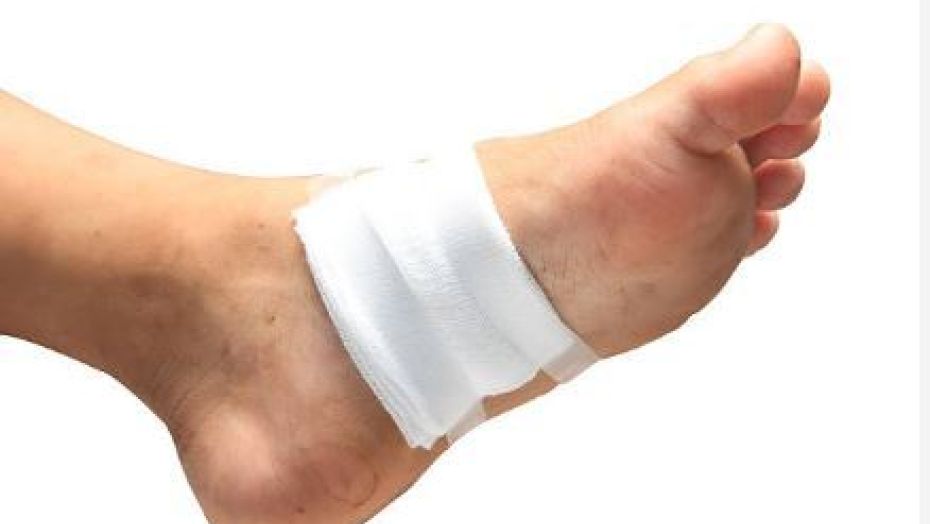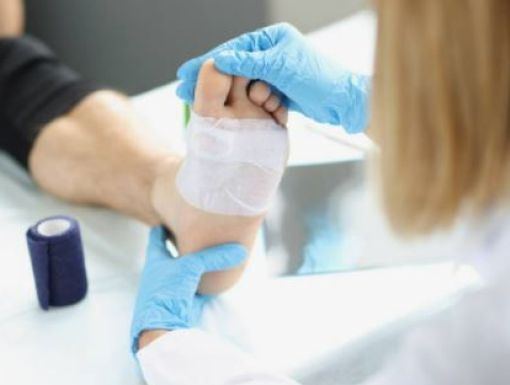
Cellulitis Can Be Dangerous. Don't Ignore That Cut or Skin Infection
Have you ever experienced a cut or wound that just won’t heal? Or skin irritation that doesn’t seem to improve with over-the-counter treatments? You could have cellulitis, a bacterial skin infection that causes redness, pain and swelling. Although not all cellulitis infections are severe, it can spread and cause serious health concerns if not treated.
What is cellulitis and how do I get it?
Cellulitis is most often caused by the bacteria Staphylococcus or Streptococcus and infects the deeper layers of skin and tissue. This infection can show up anywhere on the skin. Adults often get it on their lower legs and feet. In children, cellulitis tends to appear on the face or neck. Infection occurs when a crack or break in your skin allows bacteria to enter. When left untreated, the infection can spread to your lymph nodes and bloodstream and become life-threatening. Anyone can get cellulitis, but some factors can increase the risk of getting this infection, such as:
- A break in the skin (cuts, ulcers, insect bites, puncture wounds, tattoos, piercings, injection drug use)
- Immunosuppression (diabetes)
- Chronic skin conditions (eczema, psoriasis)
- Chickenpox and shingles
- Being overweight
- Swollen limbs due to:
- Having a healthy vein removed from the leg and connected to an artery in order to improve blood flow,
- Venous insufficiency
- A problem with the lymphatic system that helps move fluid that contains infection-fighting cells throughout the body.
How do I know if I have cellulitis?
The first sign of cellulitis is usually red and swollen skin. When you touch the infected area, it may feel warm and tender. Your skin may look like the peel of an orange, or blisters may appear. If you develop a fever or chills, you should seek medical attention immediately. Your doctor can diagnose cellulitis by doing an exam and looking at the affected skin. Blood or other lab tests are usually not needed.
How is cellulitis treated?
Most cellulitis infections can be treated with antibiotics. More serious infections may need to be treated in the hospital with intravenous (IV) antibiotics. If the infection is in the arm or leg, then keeping that limb elevated can help decrease swelling. Complications from cellulitis are uncommon, but can include serious infections in your blood, joints and bones. Although rare, cellulitis may lead to a very serious infection called necrotizing fasciitis that requires immediate medical care.
While there is no vaccine to prevent cellulitis, the Centers for Disease Control suggests doing these things to protect yourself:
- Clean all cuts and injuries that break the skin with soap and water.
- Clean and cover open wounds with bandages until they heal.
- See a doctor for puncture wounds and other deep or serious wounds.
- If you have an open wound or infection, avoid spending time in hot tubs, swimming pools and bodies of water.
- Wash your hands often with soap and water.
People who have had multiple cellulitis infections, most often below the knee, should be checked for fungal infections. These infections should be treated since they can cause breaks in the skin that can lead to cellulitis. Also, recurrent skin infections may warrant an immunodeficiency evaluation as well.
To learn more about primary care at Ochsner, click here. To make an appointment with Dr. Brandi Jones, visit: https://www.ochsner.org/doctors/brandi-jones



